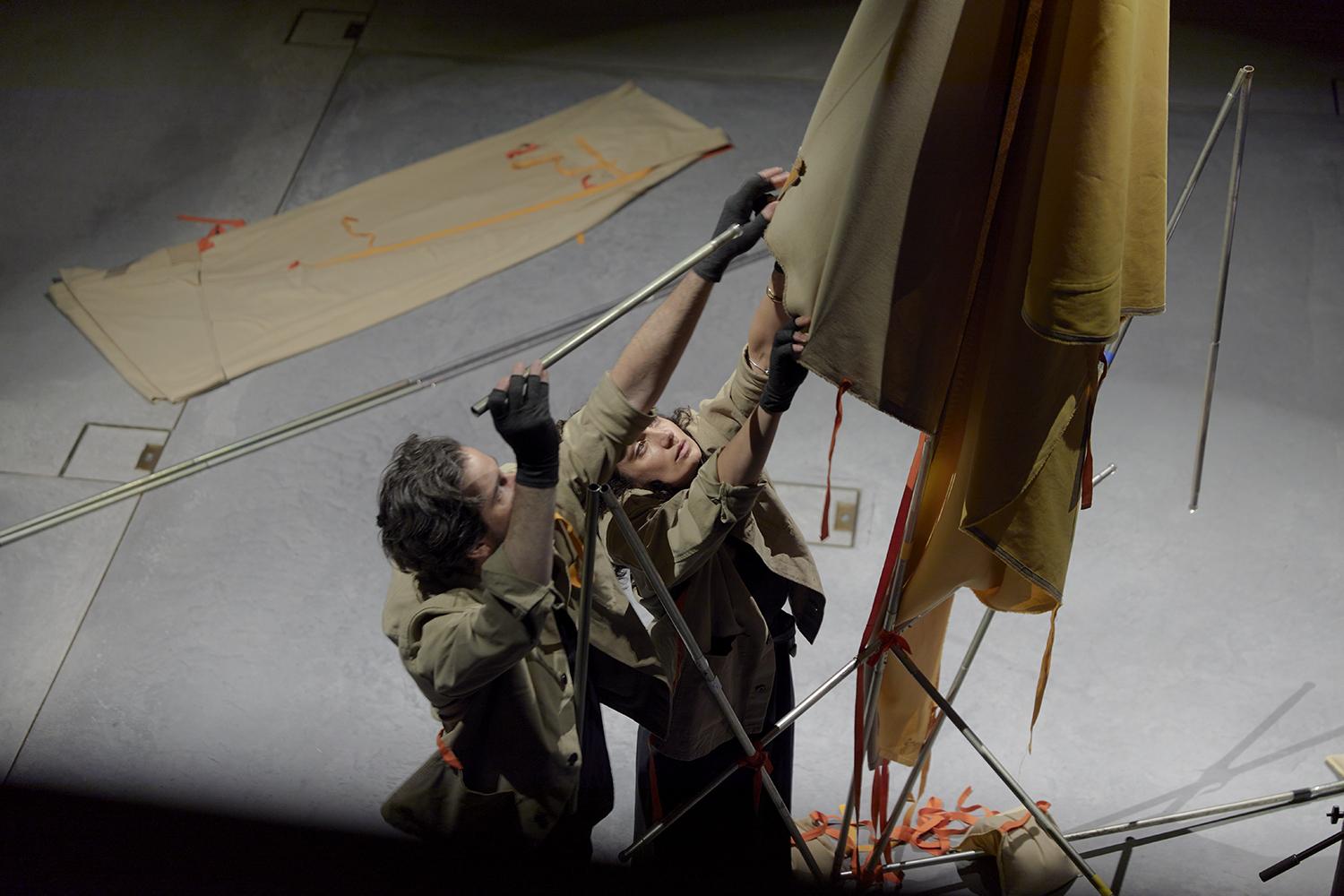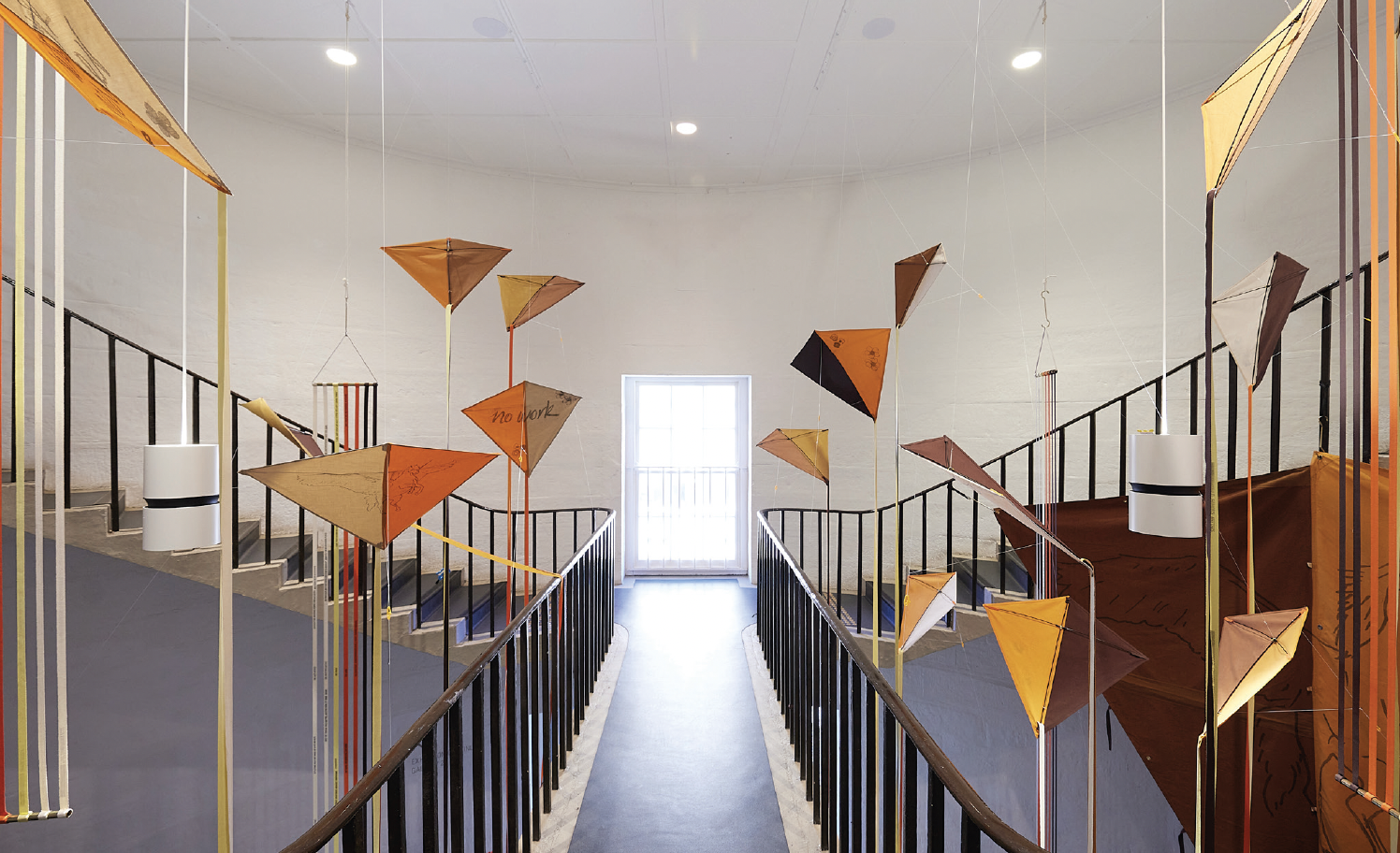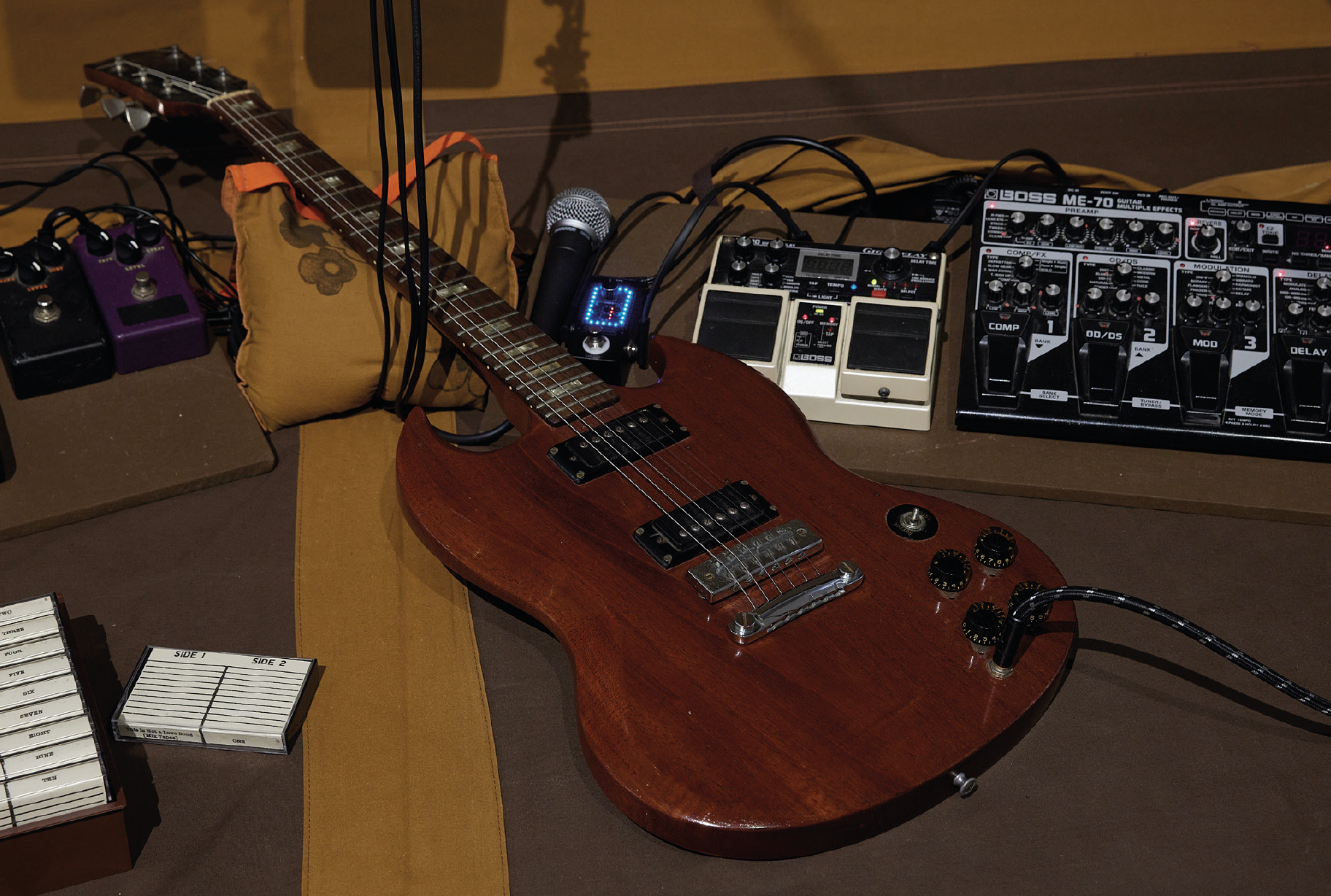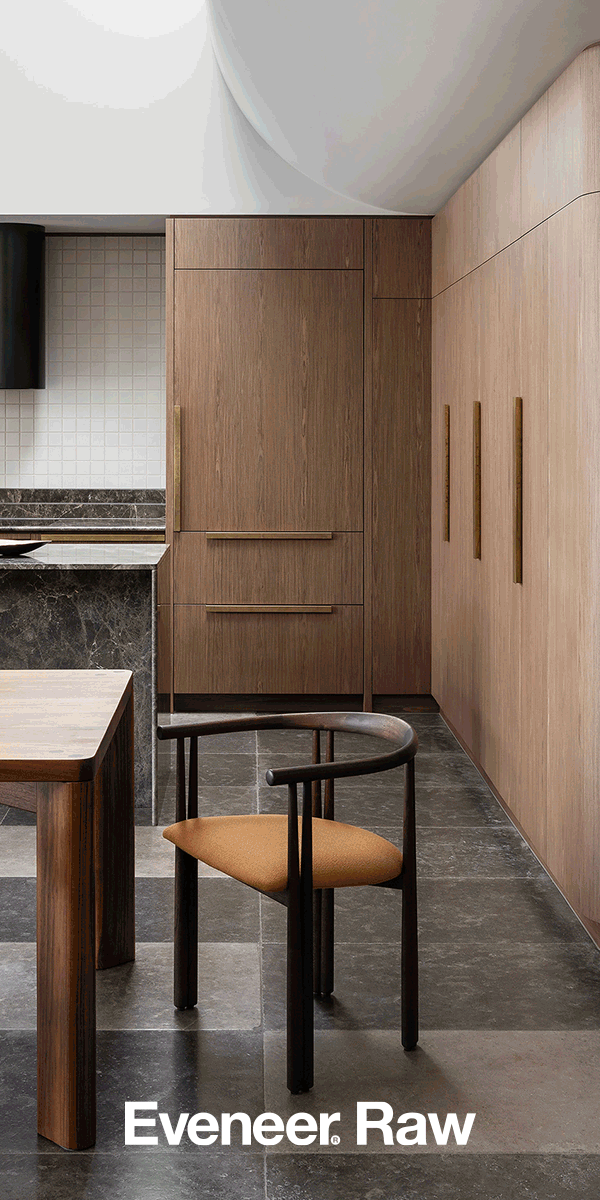Challenging the perception of Australia as a uniform, static landmass, Time Shouts, the 2021 winner of the Australian Tapestry Workshop's...
Fly a Kite, Have a Picnic
Interview: Chanelle Collier and Joe Wilson + Sophie Lanigan
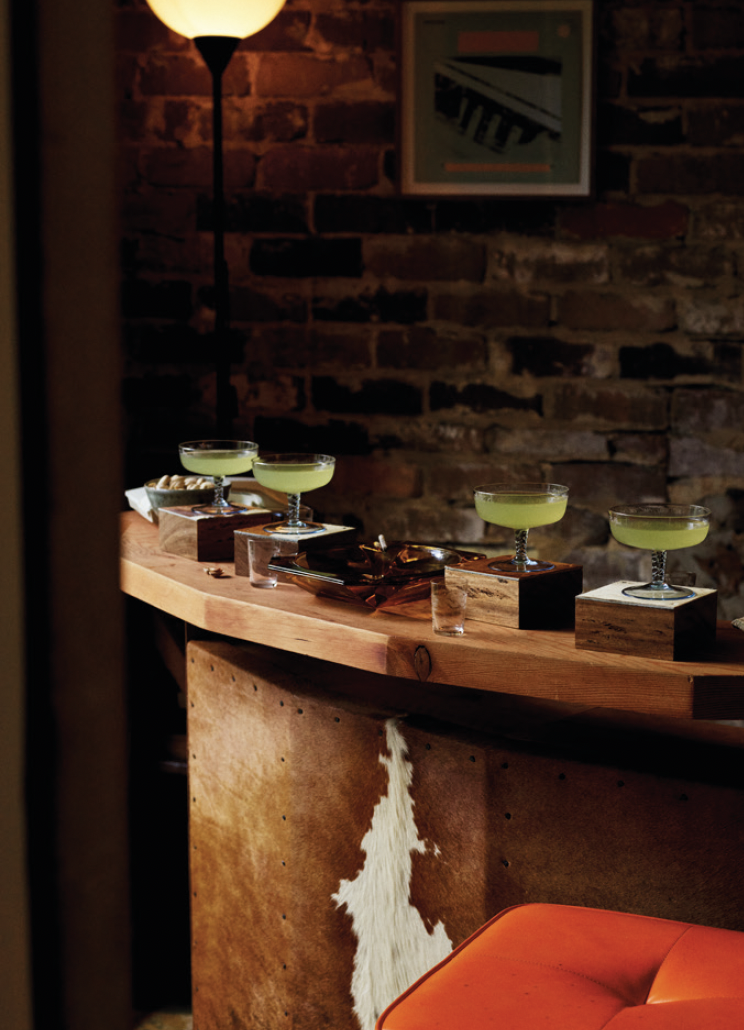
Chanelle Collier and Joe Wilson are known for a critical multi-disciplinary practice spanning print, painting, installation and sound – and often leaving the confines of the gallery all together. Union visits their shared home for a free-ranging conversation, discussing making art from found objects, embedding histories materially, the intersection of politics and play, and intimacy outside of the institution.
Sophie Lanigan What a beautiful home – it’s almost like an extension of your work. Everything is so considered and precise while still being warm and familiar. Thanks for taking some time to speak with Union about your practice. I wanted to start with your piece at the NSW Emerging Artists Fellowship exhibition at the National Art School in September 2022, with the large kite and recording set up. It was so joyful! How do you archive your work with recordings?
Chanelle Collier There is no actual archive yet – that’s a future thing.
Joe Wilson It’s in the process. If we get a big grant in the future … we like the idea that the whole archive could become an object on vinyl.
CC But also, that it is freely available digitally. A website and an object. At the moment, it’s just on the hard drive and backed up on the Cloud.
JW Part of our professional development proposal for the fellowship is to start figuring out how to make a website.
CC Making the object will be situational, with a place for a person to pull the thing out, look at it and play it. A place for someone, not just an object that is sterile. I feel like whatever the website is, it should be exactly like that – you go to it and there is an image of the object that you can pull out and open on the screen.
JW That sounds like terrible user interface [laughs].
CC I don’t care though, because we are always on about labour and the divested viewer and I really like the idea that it’s not easy. Particularly for those already invested. If you can’t be bothered flicking through the thing, you don’t get it.
SL The work is quite political but it’s disarming in how it’s so playful too. Is that intentional?
JW Kind of. It’s materially disarming. With this work we had a lot of time, and it sits within ideas of play and protest, which is obviously more political.
CC That’s why we’re using the flower power imagery, the unicorn and ‘no work’ slogans – because they have a playful element to them but still mean something in regards to pushing against boundaries or representing yourself in the system.
SL The disarming aspect is powerful, it invites you in. Have you worked in fabric a lot? Is that part of your practice?
JW The canvas is deconstructed French tents from the ’60s. We discovered them about four years ago and have just been collecting on the side.
SL Did you get them when you were at the Cité [International des Arts] in Paris?
CC No, but their story is really nice. Joe got his residency at the Cité from NAS to go to the Guy Debord archive in Paris and look into the situationist international.
JW On the 50th anniversary of May ’68.
CC So, as he was doing that we had a show coming up and I was looking for material to make coloured geometric canvas shapes in space akin to a kind of painting, if that makes sense. And weirdly I was going to say coincidentally, but I don’t think it was a coincidence because we were speaking so much about what Joe was doing and once you’re keyed into something you end up finding things that are related. So, I ended up finding these tents from French maker Andre Jamet, who was a pioneer in the field, a mountaineer who basically invented the collapsible steel tent pole. Finally in the ’60s people were able to go camping – it wasn’t just for the army or mountaineers anymore. Ordinary people could go on a country holiday instead of having to go to a house. When I was doing the research into Jamet, I found that the peak of recreational camping was at the same time as the ’68 workers strikes in Paris. So there is a really nice parallel between urban escape and civil unrest, protest and play, resistance and recreation. Using that material moving forward embeds all of these histories in the works.
JW ’68 was a pretty significant year for civil unrest around the world. There was the failed revolution in Czechoslovakia. A friend of ours told us that in the Soviet era people would use the tent as a way to get out of the city and have their political conversations because the walls were so thin in their apartment blocks and maybe someone was listening.
SL There is so much embedded with the fabric – I really like how it is of the time and place that you’re referencing.
CC Yeah, something we think about all the time is not just how to embed meaning in the work but also how to avoid the meanings that are embedded in objects as they come. Working with found materials means they can be loaded with something that you don’t intend.
JW The newer term is ‘political economy of a material’. SL Have you ever thought about actually erecting the tent?
CC Yeah, in the first show we installed half a tent as a structure. I feel like the deconstructed panels of the tent have so much ‘tent-ness’ that it becomes unnecessary to actually put it up.
JW We have kept playing with and manipulating the tent poles – really adaptable armature. We have five out of six sets of tent poles.
CC All the structures in the show are made of tent poles. The tripod and frame of the big multipanel flower print kite is made from tent poles.
JW During lockdown we did an open ended peer-to-peer workshop in Centennial Park [Sydney, Gadigal Country]. The motto we sometimes diverges into having a cocktail, which is a good way to have a cocktail. It’s a nice approach to art practice and brings an anti-work sentiment – you’re not going to the studio to make a painting or sculpture.
CC I also feel like it echoes the sentiment of negating the enduring object and instead focusing on what a ‘thing’, an artwork, does rather than what it is or how it was made. What actions has it instigated? How does it function or perform?
SL Speaking of cocktails and their functions … my last question is about the program you have been running in your house since lockdown – inviting artists over for conversations and drinks. Tell me more about it.
JW It started as a physical bar that was to be included in a gallery exhibition, which was cancelled [during the pandemic lockdown]. After the bar came home, we toyed with the idea of sending it elsewhere but the only place we could send it was other houses – so we kept it at home. At first, we were telephoning our friends from the bar, but as things began to open up they could come into the space.
CC The whole point is to have intimate and sincere conversations – to invite someone you’re interested in and have space to delve into those points of interest. But as soon as it goes to an institution that sincerity becomes muddy – you start performing. Keeping it in a domestic space has allowed it to be something different, to ignite different responses and conversations.
JW We’ve had some good responses from the bar and it has become its own institution. It’s an ongoing ARI in our own home.
CC It’s nice to bring these projects into your own home so you have full agency over the space. It’s a bit of a power move. Actually, we should be having this conversation at the bar …
